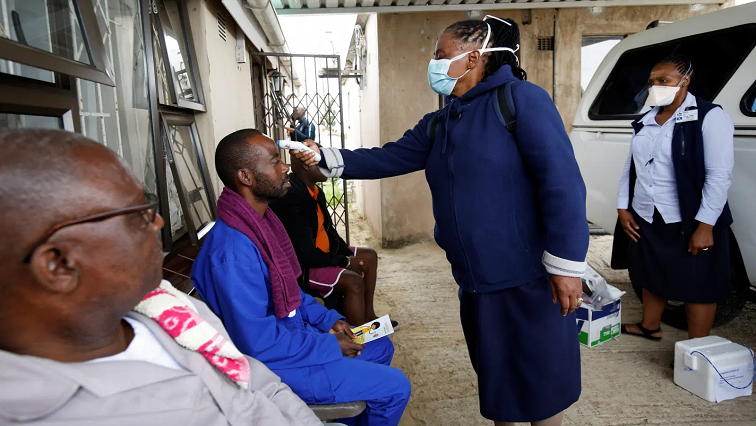Gauteng is bracing for an anticipated increase of COVID-19 infections. 1 June will see an easing of regulations to Level 3 and more job sectors will open and thousands will return to work.
More worrying is that June signals the start of winter.
The City of Ekurhuleni and Sedibeng have become Gauteng’s new COVID-19 hotspots. They have the third and fourth highest number of cases and deaths after the City of Johannesburg and Tshwane.

Loading…
Gauteng Health MEC Bandile Masuku says the province is dealing with cluster outbreaks. This is where people sharing a common job or geographic location infect one another.
A case in point is a factory in Centurion, north of Johannesburg, where 47 workers tested positive for COVID-19.
In the video below, Gauteng Premier David Makhura discusses cluster outbreaks at a Centurion factory and mines:
Most workers are residing at Tembisa, Ivory Park and parts of Diepsloot. Now, with more companies and factories re-opening under Level 3 next week, it will unavoidably mean more COVID-19 infections. This is a scientific given and that means an additional strain on the Gauteng government to minimise the spread of the infections.
Masuku says the province has enlisted the assistance of private laboratories.
“We are doing the age analysis and those that we require more urgent results, we have enlisted a group of private laboratories which process those actual specimen and we direct them to the outbreaks.”
More worrying is the number of infections in the mining areas on Gauteng’s West Rand. Here, 164 workers at AngloGold Ashanti’s Mponeng mine in Carletonville tested positive for COVID-19.
Work has also begun to have designated testing areas at shopping malls, which are frequented by large numbers of people. The screening will take place not only for COVID-19 but for TB, HIV/Aids and other non-communicable diseases as well.
In the video below, Gauteng anticipates an increase in COVID-19 cases in winter.






